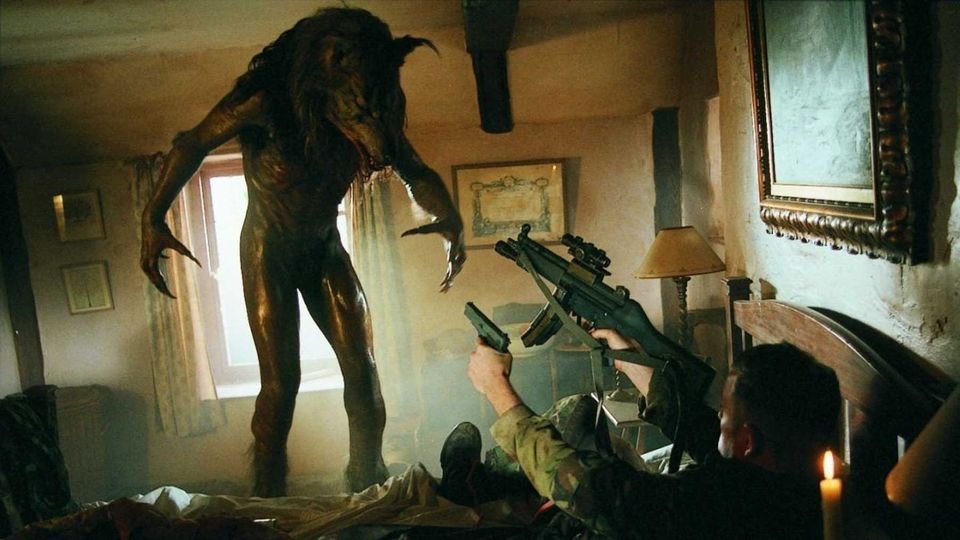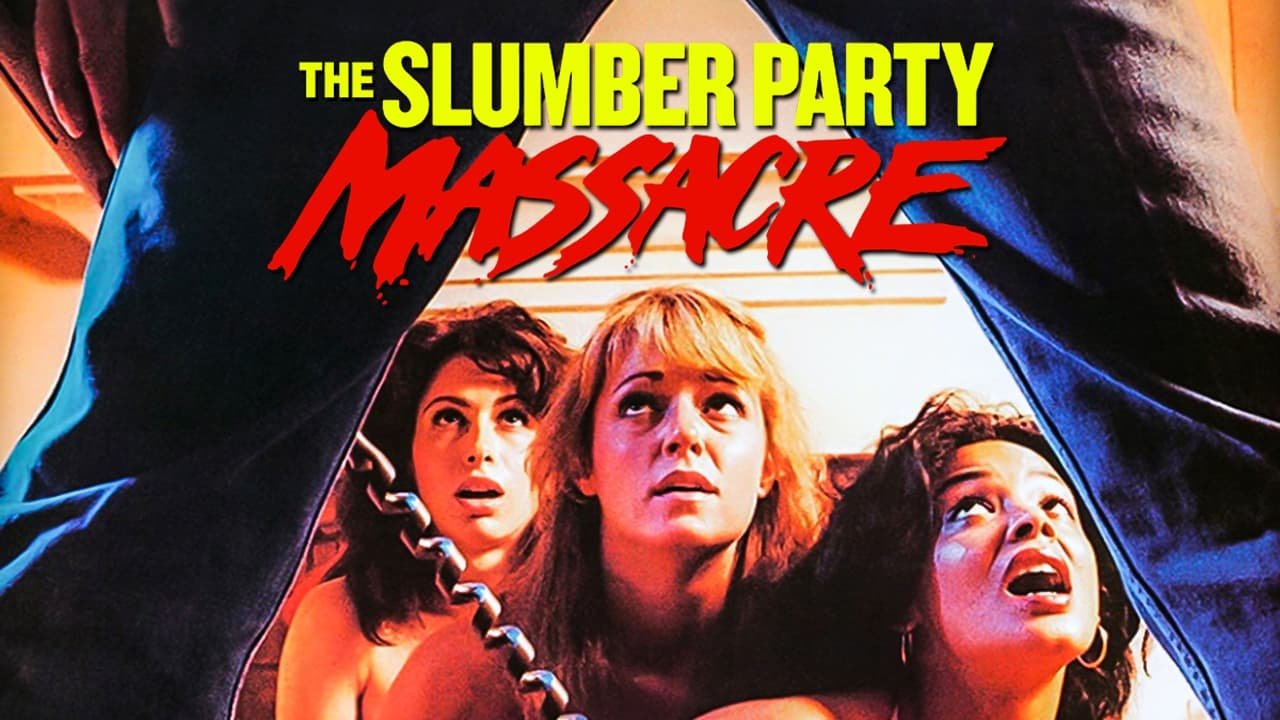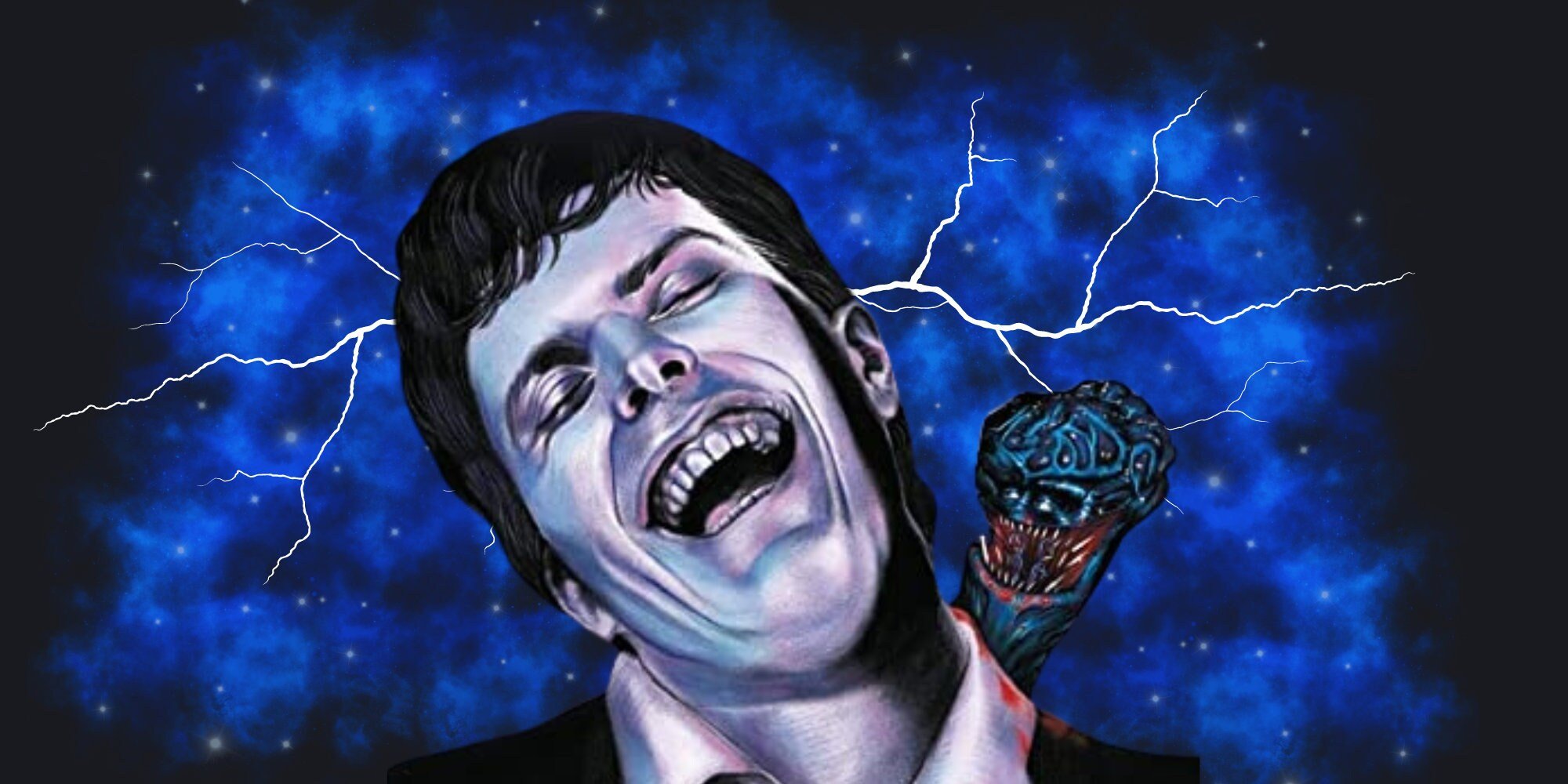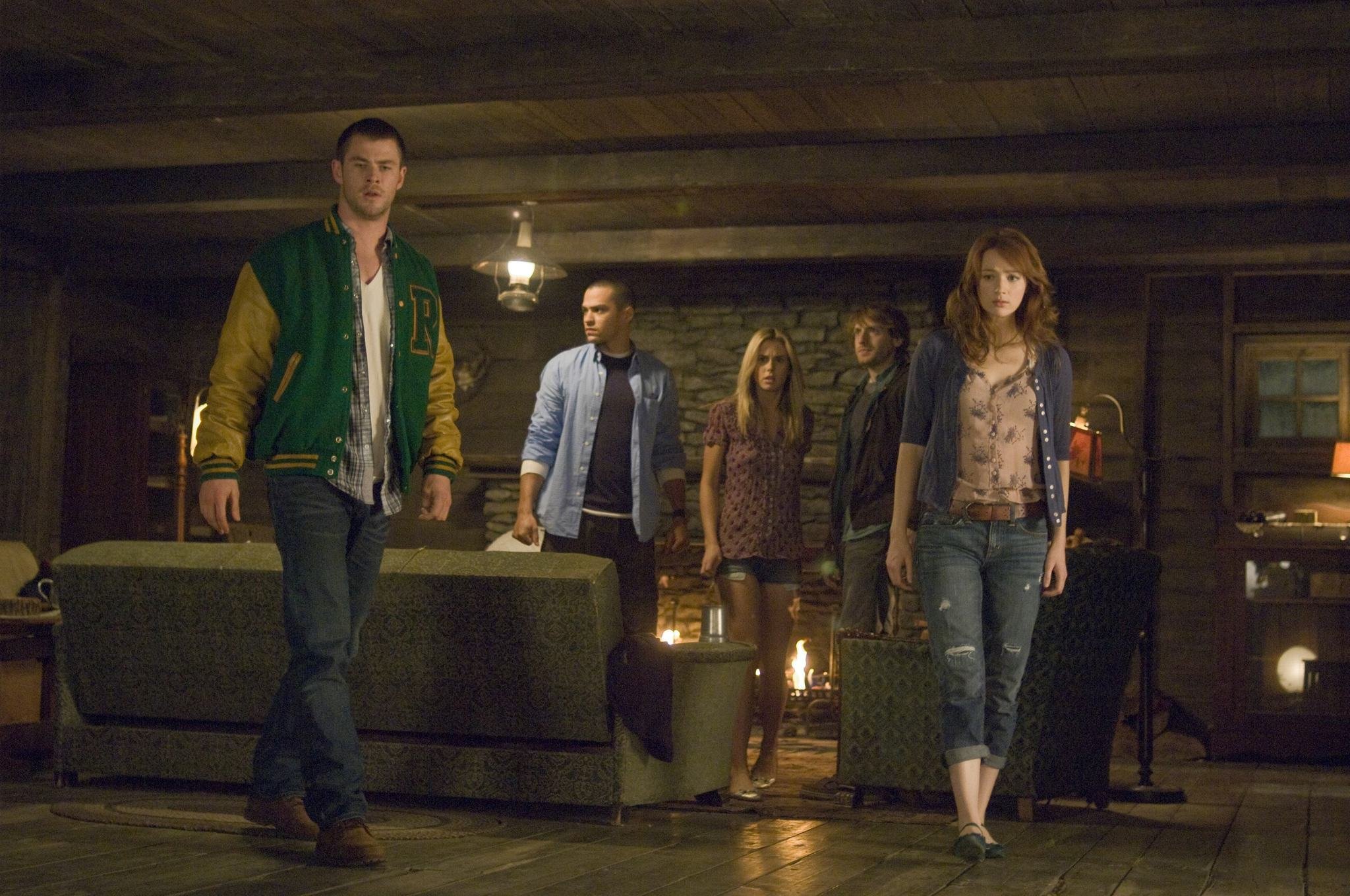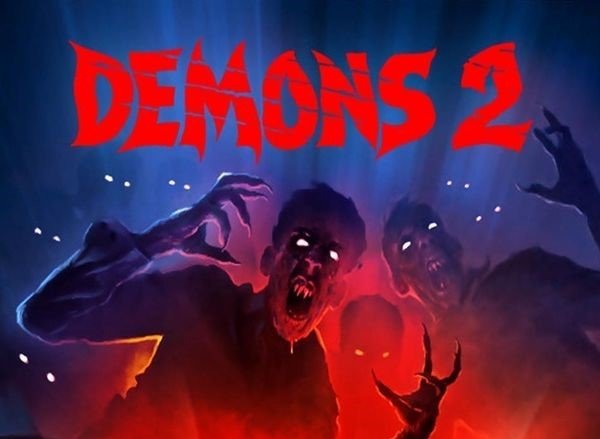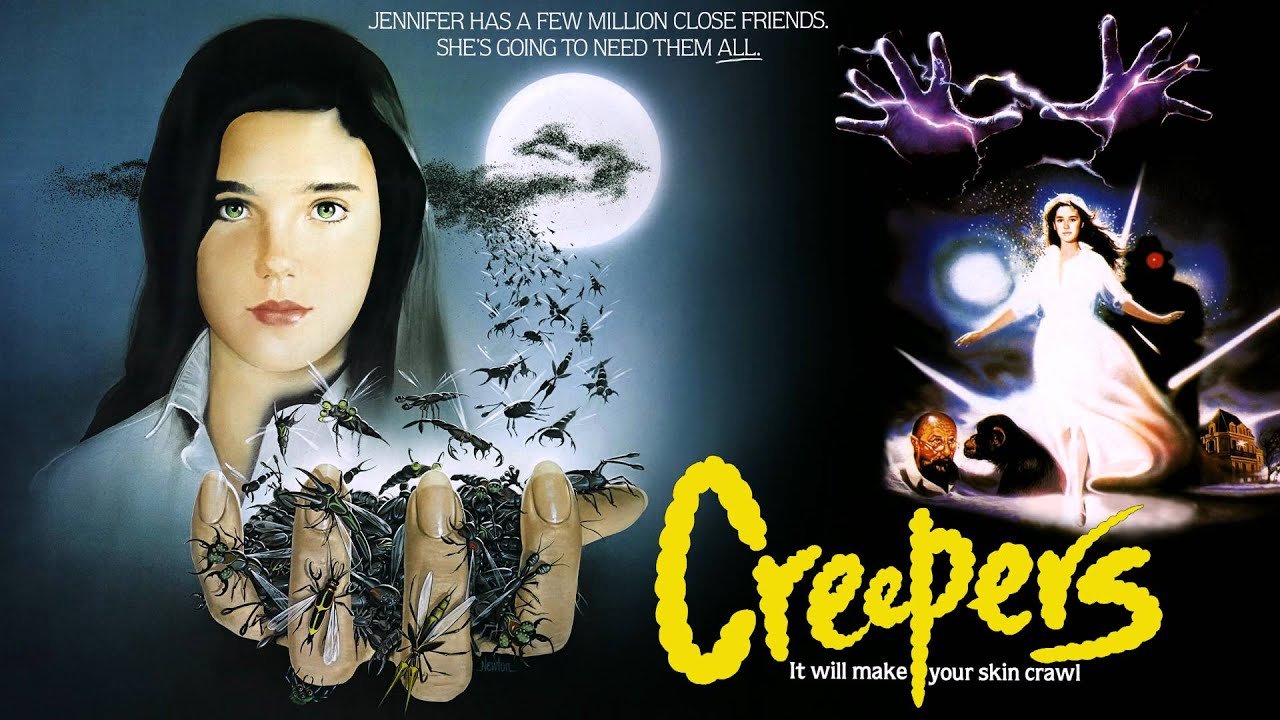Image: Natalie Erika James on set with Robyn Nevin giving direction
During her degree, she wrote and directed two shorts, a horror short Twitch, in 2011, and romance short Burrow, in 2013.
After graduating from VCA, a few years passed before she directed her next horror short, Creswick in 2017. Natalie co-wrote Creswick with Christian White, she produced, edited and directed. A story about Sam and her ageing father, and the uneasiness she felt in her childhood home. Relic was based on the short. It genuinely gave me the chills, and many of the best elements of the short carry over to the feature film. The complex relationship between family members but also the obligation of caregiving and the shift in family dynamics between parents and their children. The story is about ageing and dementia, and connected to this, a loss of identity and independence. The uncomfortable and spine chilling feelings that places sometimes possess, in this case connected to the family home and how this impacts each generation within the family.
In 2018, Natalie made another horror short Drum Wave, which she has plans to one day make into a feature film.
In the same year, Natalie was given the opportunity to shadow Melbourne’s own filmmaking genre legend Leigh Whannell on Upgrade, and stated in Screen Australia Podcast that she loved being on set, and that Leigh was very generous with his time. Seeing Leigh work on Upgrade gave her a good understanding of the scope of directing a feature film and what to expect. Many of the crew on Upgrade ended up working on Relic.
Relic is director Natalie Erika James’ feature debut, she co-wrote with Christian White, about three generations of women, played by Emily Mortimer, Robyn Nevin, and Bella Heathcote, who struggle with an unexplained entity in the family home. Edna, the matriarch of the family, played by the marvellous Robyn Nevin, exhibits strange and irrational behaviour, and signs of forgetfulness.
Natalie visited her grandmother in Japan back in 2014, it was the first visit her grandmother couldn’t remember her. Based on her experiences with her grandmother who suffered from Alzheimer’s, and the creepy traditional Japanese house her grandmother lived in, the concept behind Relic was born. Natalie was scared of her grandmother’s traditional Japanese house as a kid. She visited her grandmother most summers. The creepy ageing building gave Natalie nightmares.
The film was also influenced by a news story Natalie saw of people ageing and dying alone in rural parts of Japan, abandoned but their children who had moved to the city.
Robyn Nevin’s character Edna says in the film “This house is the only thing left, all our memories”. The house was designed purposely not to look like a typical horror or Gothic house, but to seem familiar with all the creams and blushes used in the set design, like a grandmother’s house that many of us would be familiar with. The set design includes layers of detail designed in the interiors, to give the sense of being lived in for decades by Edna and her family. The cinematography achieved the sense of growing decay, as Natalie describes, like a faded photograph.
Intergenerational relationships between the grandmother, mother and granddaughter are relatable to most families who have difficult and complex relationships with their parents or relatives. Seeing a loved one age and becoming forgetful, someone who was always so stoic and independent, is painful to watch. My nan had dementia, so this film does touch me on a personal level. I recently rewatched Relic after losing someone I loved, and it's both painful and cathartic, incredible what this young director has been able to achieve in her first feature. Natalie said that people have spoken to her after a screening, wiping away tears, sharing with her that she makes them feel seen, their experiences of loss told through the fabric of her own story. This is the power of what horror can do when crafted with such a depth of feeling.
Relic explores feelings of guilt, resentment, but also tenderness and love. It touches my heart, as the relationships feel real and familiar. In preparation for the shoot, the actors created backstories, Sam felt abandoned by Kay, hence the resentment towards her mother who she doesn’t call Mum but Kay throughout most of the film. Robyn wrote a letter as Edna to her daughter Kay and sent that to Emily Mortimer before the shoot. She put a lot of thought into it, which helped build a backstory. Emily’s flight was delayed which meant the three actors only had three days before the shoot started, never having met, but fortunately they quickly bonded which can be seen in the most intimate and tender scenes in the film.
Natalie shared in an interview that shooting a horror film is emotionally draining for the actors who had to access real emotions. Bella Heathcote who plays Sam had to cry for three days straight, “accessing real shit” stated Natalie, so a relaxed feeling on set was important. Bella called her therapist during the filming saying “I can’t handle this”, and the therapist said “of course you can, you might as well use all of that real trauma” in those difficult emotional scenes. The three actors and the crew got along really well, they joked between scenes, except for the big scenes where the actors had to go to dark places, Natalie tried to create a more closed set. Robyn said that not all sets are safe spaces, but Natalie created a safe space, “so you would go to those emotionally dark places because you felt supported and safe”.
Bella has stated in an interview that some of the most emotionally draining parts of the shoot were in the labyrinth scenes. The labyrinth within the house symbolises the real life experiences of people with dementia and alzheimers forgetting where things are in their own homes. Feelings of being lost inside the house, the black mould, dampness, and cluttered furniture are visualisations of what is going on in Edna’s mind. Bella said while she was crawling through the labyrinth she saw a framed photo of her dead mother which set her off, she was accessing real feelings in these scenes. Robyn said Bella would sit next to her in the makeup chair, still crying, she couldn’t stop after three days straight crying. Bella said once you start crying, the signals are sent to your body thinking something is really wrong, and you find it hard to stop.





